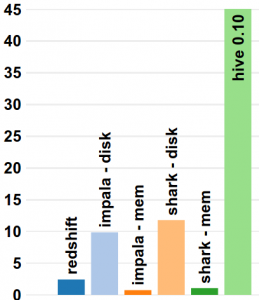The AMPLab is part of a Berkeley tradition of creating 5-year multidisciplinary projects that build prototypes to demonstrate the project vision and depend on biannual retreats for feedback and open shared space to inspire collaboration.
After being involved in a dozen centers over nearly 40 years, I decided to capture my advice on building and running research centers . Following the precedent of my past efforts at “How to Give a Bad Talk” and “How to Have a Bad Career“, I just finished a short technical paper entitled “How to Build a Bad Research Center.”
As a teaser, below are my Eight Commandments to follow to build a bad research center:
- Thou shalt not mix disciplines in a center. It is difficult for people from different disciplines to talk to each other, as they don’t share a common culture or vocabulary. Thus, multiple disciplines waste time, and therefore precious research funding. Instead, remain pure.
- Thou shalt expand centers. Expanse is measured geographically, not intellectually. For example, in the US the ideal is having investigators from 50 institutions in all 50 states, as this would make a funding agency look good to the US Senate.
- Thou shalt not limit the duration of a center. To demonstrate your faith in the mission of the center, you should be willing to promise to work on it for decades. (Or at least until the funding runs out.)
- Thou shalt not build a graven prototype. Integrating results in a center-wide prototype takes time away from researchers’ own, more important, private research.
- Thou shalt not disturb thy neighbors. Good walls make good researchers; isolation reduces the chances of being distracted from your work.
- Thou shalt not talk to strangers. Do not waste time convening meetings to present research to outsiders; following the 8th commandment, reviews of your many papers supply sufficient feedback.
- Thou shalt make decisions as a consensus of equals. The US Congress is a sterling example of making progress via consensus.
- Thou shalt honor thy paper publishers. Thus, to ensure center success, you must write, write, write and cite, cite, cite. If the conference acceptance rate is 1/X, then obviously you should submit at least X papers, for otherwise chances are that your center will not have a paper at every conference, which is a catastrophe.

